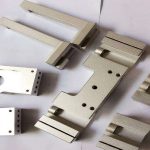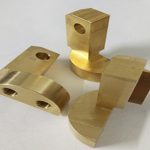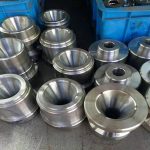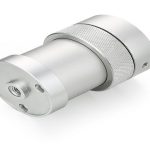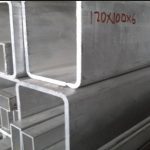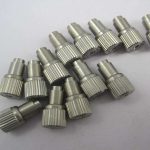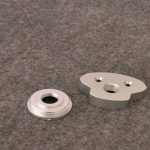3D printing, which originated in the 1980s, has developed rapidly in recent years and is known as “one of the important symbols of the third industrial revolution.” Earlier this month, physicists at Leiden University in the Netherlands used 3D printing to print the world’s smallest ship, which is only 30 microns in length, only 6 times larger than bacterial cells.
The researchers used a scanning electron microscope to photograph the ship, showing that it has an open cabin, a chimney, and even small portholes. What is particularly impressive is that the thickness of the entire model is only one third of the diameter of a human hair. The researchers of the project said that in the future, they hope to apply it to precise targeted drug delivery in the human body.
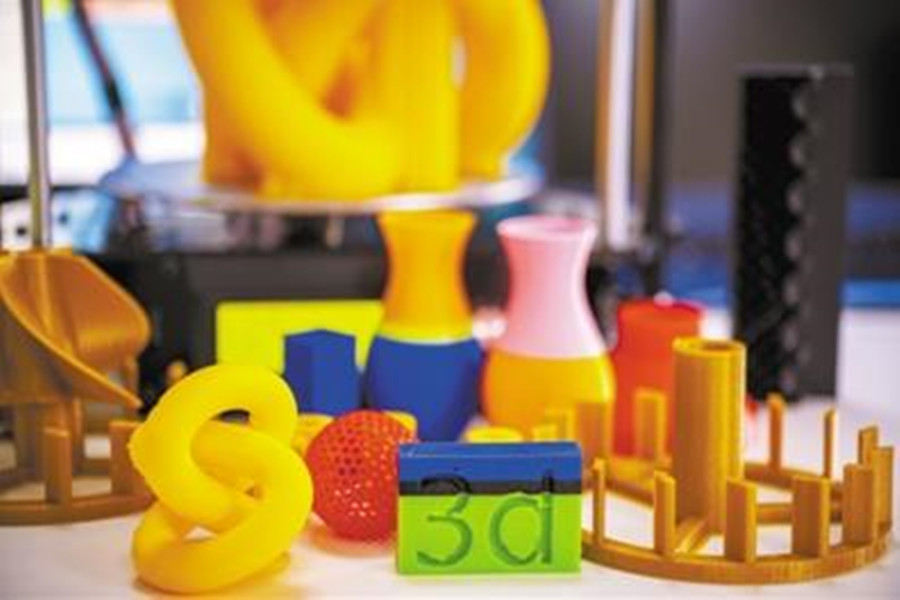
From the official birth to entering the microcosm, what kind of technological change is behind the rapid advancement of 3D printing technology? How do scientists create an object in a microscopic space of a few cubic microns?
Traditional 3D printing technology has its own advantages
The traditional subtractive manufacturing process refers to the use of existing geometric model workpieces, and the use of tools to gradually cut, polish, and engrave the materials, and finally become the required parts. And 3D printing, also known as additive manufacturing, is to use 3D printing equipment to layer digital three-dimensional models. Special materials such as metal powders, thermoplastic materials, and resins are continuously stacked and bonded layer by layer, and finally superimposed to form one Three-dimensional whole.
Cao Jianwei, head of Question Mark System Integration Co., Ltd. in Baotou, Inner Mongolia, told reporters: “In simple terms, 3D printing needs to first design a three-dimensional solid model. The printer converts the digital model into a set of movement instructions required by the three-dimensional printer. The set trajectory repeatedly lays materials on the printing plate and merges continuous layers of materials until the final three-dimensional model is formed.”
It is understood that fusion deposition technology (FDM) and light curing technology (SLA) are currently the two most common and mature 3D printing technologies.
“Fused deposition 3D printing is also called fuse deposition 3D printing. It heats and melts filamentous hot-melt materials and squeezes them out through a nozzle with a fine nozzle. According to the set movement path, the material is deposited in the production. On the panel or the solidified material of the previous layer (the material will solidify when the temperature is lower than a certain value), the final product is formed through the accumulation of layers of materials.” Cao Jianwei said. Light-curing 3D printing uses liquid photosensitive resin as raw material, and a scanner controlled by a numerical control device irradiates a laser beam to the surface of the liquid photosensitive resin according to the designed scanning path, so that a layer of resin in a specific area of the surface is cured, and it is a layer. After the processing is completed, a cross-section of the part is generated; then the lifting platform is lowered a certain distance, and another layer of liquid resin is covered on the cured layer, and then the second layer is scanned. The second cured layer is firmly bonded to the previous cured layer. Such a layer-by-layer superimposition forms a three-dimensional workpiece prototype. After the prototype is taken out of the resin, it is finally cured, and then polished, electroplated, painted or colored to obtain the required product.
It is understood that there are a wide variety of raw materials that can be used in fusion-stacking 3D printing, and printing settings and hardware accessories can be changed according to different needs, which is more conducive to customized production and can adapt to the use needs of more specialized scenarios. The light-curing 3D printing can achieve a resolution of 0.1 mm, and can achieve smooth and detailed surface treatment, which is unmatched by fusion-stacking 3D printing.
New technology keeps improving printing accuracy and speed
Light-curing 3D printing technology, in the process of printing on the “solid-liquid bonding surface” and layer-by-layer stacking, it is inevitable that tiny “ripples” will be generated. These “ripples” are so subtle that they can hardly be observed. The reason why the printing effect is not affected is that the precision of light-curing 3D printing is still far away from the precision of nanometer level.
With continuous breakthroughs in research and development technology, 3D printing has been successfully applied in aerospace, medical, construction, automotive and other fields, and the manufacturing industry has higher and higher requirements for parts accuracy.
High-precision 3D printing represented by two-photon 3D printing (TPP) is increasingly popular due to its remarkable characteristics of high efficiency and high precision.
Two-photon 3D printing, also known as two-photon polymerization light-curing forming technology, uses photosensitive resin as well. The difference is that traditional photo-curing technology uses single-photon polymerization and absorbs one photon as the basic unit. In rare cases, due to the special energy level transition mode in matter, two photons will be absorbed at the same time, which is the “two-photon absorption effect”. But only at the center of the highly focused laser will there be a high enough irradiance to ensure that two photons are absorbed at the same time.
Under normal circumstances, common objects such as a piece of glass or a glass of water have a certain light transmittance and absorption rate of a certain wavelength, and this ratio does not change with the change of light intensity. However, the two-photon absorption effect will increase as the light energy density increases.
“Only when the light intensity reaches a certain value, the obvious two-photon absorption effect will appear. By focusing the laser, the reaction area can be confined to a range with a very small error near the focal point. With the cooperation of the precision moving stage, the focal point is made to be on the photosensitive Moving within the substance, the position where the focus passes, and the photosensitive substance is denatured and solidified, 3D objects of any shape can be printed, and the accuracy can reach the nanometer level.” Cao Jianwei told reporters.
According to reports, two-photon 3D printing uses lasers to write dot by dot, and then layer by layer. This printing method of “from dots to surfaces and then layer by layer” is very accurate but very slow (about 0.1 cubic millimeters per hour). ), even the manufacture of small components takes days or even weeks. In addition, the laser light source has a life limit. Generally, each machine can only be used for about 20,000 hours. Long-term use has caused the high cost of two-photon 3D printing.
In 2019, Chen Shiqi, an associate professor in the Department of Mechanical and Automation Engineering, Faculty of Engineering, The Chinese University of Hong Kong, and his team developed the “femtosecond projection two-photon lithography 3D printing” (FP-TPL) technology, which increased the original printing speed by thousands To ten thousand times. It is understood that this technology can form a programmable femtosecond optical sheet on a plane perpendicular to the laser beam for parallel writing. This is equivalent to projecting millions of laser focal points at the same time to replace traditional focusing methods. In other words, the femtosecond projection two-photon lithography 3D printing technology can produce the entire plane within the time of one point made by the two-photon 3D printing technology, reducing the manufacturing time from a few days to a few minutes.
Link to this article: 3D printing the smallest ship in the world
Reprint Statement: If there are no special instructions, all articles on this site are original. Please indicate the source for reprinting:https://www.cncmachiningptj.com/,thanks!
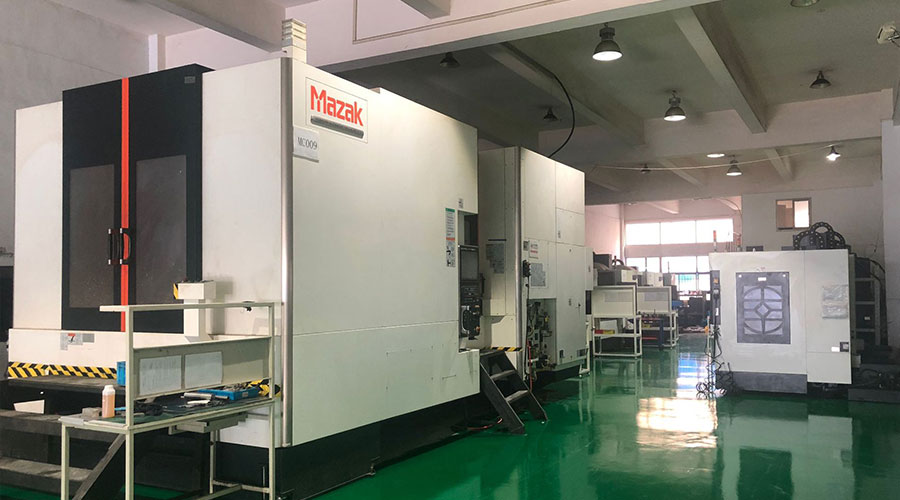 PTJ® provides a full range of Custom Precision cnc machining china services.ISO 9001:2015 &AS-9100 certified. Large scale machining Manufacturer of medical bags, providing 3D design, prototype and global delivery services. Also offering hard cases, semi-hard EVA, soft-sewn cases, pouches and more for OEMs. All cases are made custom according to specifications with infinite combinations of materials, molds, pockets, loops, zippers, handles, logos and accessories. Shockproof, water-resistant and eco-friendly options. Medical parts, emergency response, Electronic parts, corporate, education, military, security, sports, outdoors and construction industries. Services include case concept consultation, 3D design, prototyping,rototyping,CNC Drilling Services and manufacturing.Tell us a little about your project’s budget and expected delivery time. We will strategize with you to provide the most cost-effective services to help you reach your target,You are welcome to contact us directly ( [email protected] ) .
PTJ® provides a full range of Custom Precision cnc machining china services.ISO 9001:2015 &AS-9100 certified. Large scale machining Manufacturer of medical bags, providing 3D design, prototype and global delivery services. Also offering hard cases, semi-hard EVA, soft-sewn cases, pouches and more for OEMs. All cases are made custom according to specifications with infinite combinations of materials, molds, pockets, loops, zippers, handles, logos and accessories. Shockproof, water-resistant and eco-friendly options. Medical parts, emergency response, Electronic parts, corporate, education, military, security, sports, outdoors and construction industries. Services include case concept consultation, 3D design, prototyping,rototyping,CNC Drilling Services and manufacturing.Tell us a little about your project’s budget and expected delivery time. We will strategize with you to provide the most cost-effective services to help you reach your target,You are welcome to contact us directly ( [email protected] ) .
Link to this article:3D printing the smallest ship in the world
Reprint Statement: If there are no special instructions, all articles on this site are original. Please indicate the source for reprinting:Tungusten,Thanks!^^

